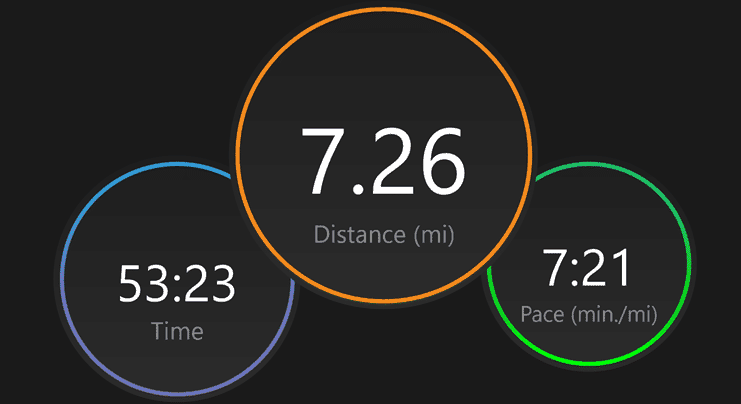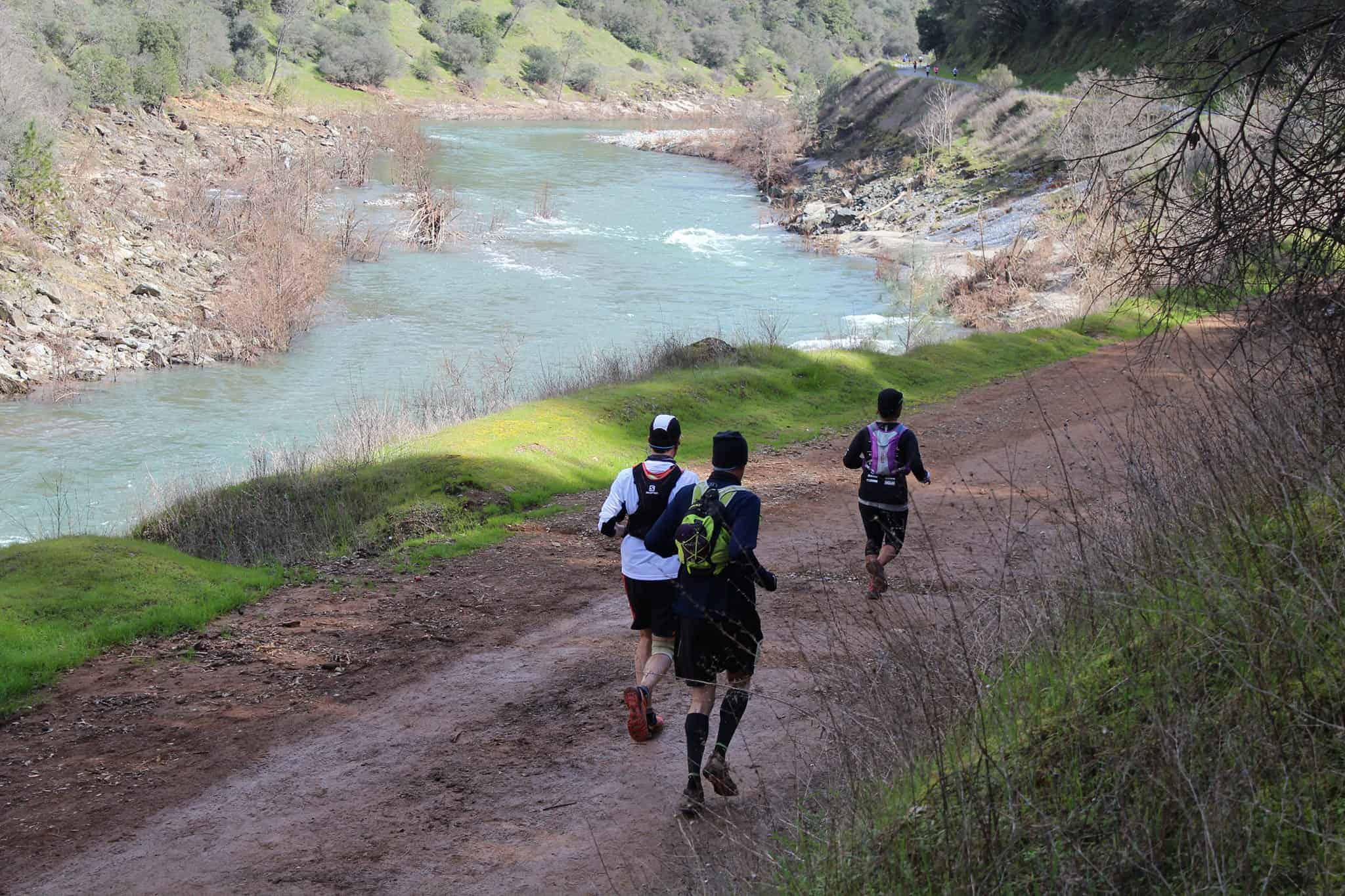Ultramarathon Training Plans
- Home
- Running Plans
- Ultramarathon Training Plans Up To 100 Miles
Ultramarathon Training Plans Up To 100 Miles
Are you ready to run farther than the 26.2-mile marathon? Want to experience a different kind of running challenge? In a 2020 report from Runner’s World, an estimated 600,000 people worldwide run an ultramarathon each year. Most finishers are less concerned about the clock and more about seeking new challenges and adventures. After completing over 50 ultramarathons himself, Coach Andrew Taylor knows that having an ultramarathon training plan dramatically increases your success rate and enjoyment from each race.
Training for an ultramarathon takes a different focus than any other racing distance. In each of our ultramarathon running plans, we’ll give you all the details you need to train for your first ultra.
Are you experienced with ultrarunning?
You can still benefit from these training guides. All of our ultramarathon training plans outline how best to incorporate the following aspects into your running routine.
- Increasing Your Long Run
- Using Training Cycles
- Including Speedwork or Tempo Training
- Walking and Hiking Strategies
- Importance of Rest Days
- Modifying the Running Plan
- Back-to-Back Long Runs
- Appropriate Cross-Training and Strength Training
The ultramarathon training plans work off training in cycles of three weeks hard, one week easy to allow for recovery and help prevent overuse injuries or burnout. Three weeks hard followed by a recovery week provides for both physical and mental adaptation to the stresses of training for an ultra. You may find that you need to work in shorter or longer training cycles, and we address that in our “Modifying Your Training Plan” section in all ultrarunning training plans.
What You Need To Know About Our Ultramarathon Running Plans:
Each ultramarathon training plan is built for the beginner looking “just to finish” their first ultra.
We layout the distances you should be running and give you a general outline of what you should be doing. Precisely what you do will depend largely on your level of running experience and running goals. The course profiles of ultramarathons are not directly addressed in our running plans. For example, is your race flat, hilly, technical? Hot, or cold? These are all critical aspects of ultrarunning that you need to consider during your training to be ready for race day. In general, most of your training should be on terrain and in conditions similar to what you will face on race day.
Choosing Your Ultramarathon Training Plan
Select an ultramarathon training plan below to learn more. Each plan consists of a 24-week schedule for Ultrarunners. Once purchased on Final Surge, you will find a printable version of the training plan as well as a general ultramarathing training guide. After purchasing a training plan, if you have questions please feel free to contact me.
Final Surge Training Calendar
- Sync workouts across devices.
- Daily reminders of workouts and activities.
- Complete workouts based on pace or heart rate zones.
- Analyze workout and target zone details.
- Compatible with Garmin, Strava, Polar, TrainerRoad, MapMyRun, Wahoo, Stryd, and more.
- Printable PDF version of the training plan.
- Supplemental Training Materials: Activation Warmup Routine, Dynamic Technique Drills & Flexibility Exercises, Core Strength Routine, and Strength Training for Runners.
- Running Terminology guide.
Looking for more training guidance?
If you need more motivation or advice, we offer two additional training services that might interest you!










